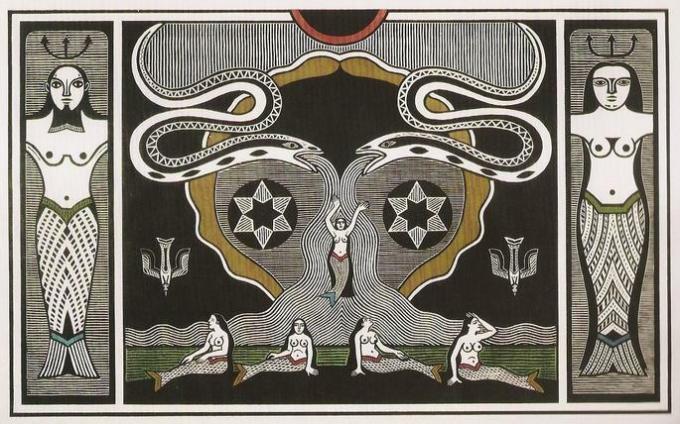THE language of premodernism it is colloquial, simple, hybrid, libertarian, social, critical, regionalist, historical, political and marginal.
Historical context
Pre-modernism in Brazil was a transition period between symbolism and modernism that began at the beginning of the 20th century.
In this sense, it is not considered by scholars as a literary school, however, the moment has some unique characteristics. Pre-modernism ends in 1922, when Modernism begins with the “Modern Art Week”.
In Brazil, the time is for reform, with the Belle Époque (French influence) and also for political agitation with the development of several revolts (war of straws, the coffee with milk policy, the whip revolt, among others) that significantly changed the scenario Brazilian. In Europe, World War I was taking place (1914-1918).
Writers and Works
The most significant writers and works from this period are:
- Euclid da Cunha (1866-1909) and "the Sertões” (1902)
- grace spider (1868-1931) and “Canaan” (1902)
- Lima Barreto (1881-1922) and the "Sad End of Polycarp Lent” (1915)
- Monteiro Lobato (1882-1948) and "Urupes" (1918)
- opposition to parnassianism
- Breaking with academicism
- Simple and colloquial (informal) language
- Description of landscapes and characters
- Everyday, historical, social theme
- Marginal and stereotyped characters
- regionalist language
- nationalist literature
know more pre-modernism.
Example
To better understand the language of pre-modernism, below is an example:
Excerpt from the work “Os Sertões” by Euclides da Cunha
“Why not preach against the Republic?
He preached against the Republic; is right.
Antagonism was inevitable. It was a derivative of mystical exacerbation; a variant forced into religious delirium.
But it did not translate the palest political intent: the jagunço is as inept to apprehend the republican form as the monarchical-constitutional one.
Both are inaccessible abstractions to him. It is spontaneously opposed to both. It is in the evolutionary phase where only the empire of a priestly or warrior chief is conceivable.
Let us insist on this truth: the Canudos war was a reflux in our history. We had, suddenly, resurrected and in arms in front of us, an old society, a dead society, galvanized by a madman. We don't know her. We couldn't meet her."

